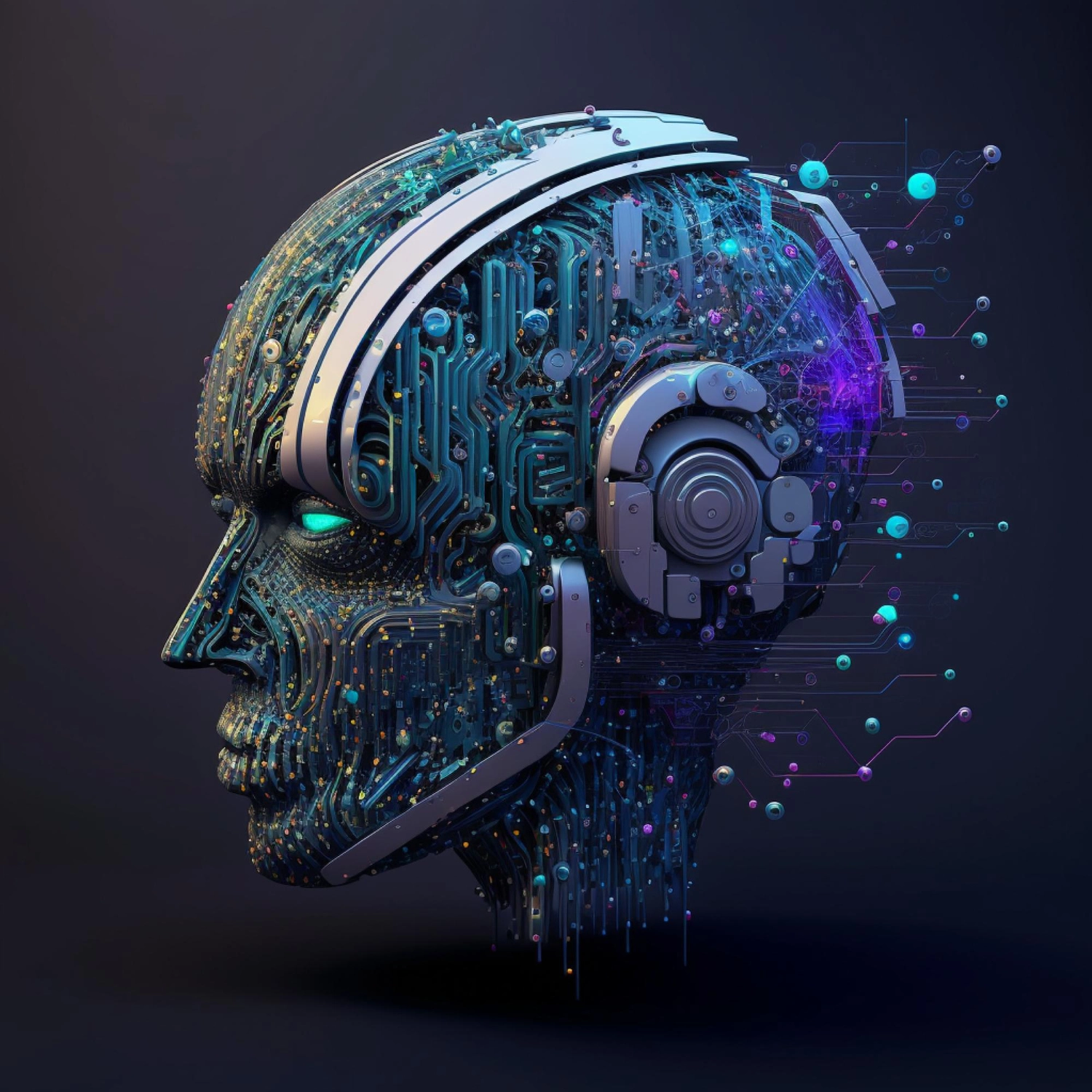Author
Federico
Share
Author
Federico
Share

The Pros and Cons of AI in Design Apps
Introduction
Artificial Intelligence (AI) has become a game-changer in the design app industry, revolutionizing the way designers work and enhancing the overall creative process. From generating design ideas to streamlining workflows, AI-powered design apps offer numerous advantages. However, like any technology, AI also comes with its fair share of challenges and drawbacks. In this article, we explore the pros and cons of using AI in design apps.
Pros of AI in Design Apps:
- Enhanced Creativity and Inspiration: AI-powered design apps provide designers with a wealth of inspiration and creative ideas. By analyzing vast datasets and patterns, AI algorithms can suggest innovative design concepts, color palettes, and layouts, pushing the boundaries of creativity. Designers can draw from these suggestions to jumpstart their projects and explore new possibilities.
- Time and Workflow Efficiency: One of the most significant advantages of AI in design apps is its ability to automate repetitive tasks and streamline workflows. AI-driven tools can handle tasks like image cropping, object removal, and layout adjustments, saving designers valuable time and effort. This newfound efficiency allows designers to focus on higher-level tasks and iterate designs quickly.
- Data-Driven Design Decisions: AI can process and analyze large amounts of user data, enabling data-driven design decisions. By understanding user behavior, preferences, and interactions, designers can tailor their creations to provide better user experiences. This leads to more user-centric designs that resonate with the target audience, increasing engagement and satisfaction.
- Accessibility and Usability: AI-powered design apps often come with intuitive interfaces and user-friendly features, making design accessible to a broader audience. Beginners can take advantage of AI-driven tools that offer suggestions, tutorials, and guidance to improve their skills gradually. This democratization of design empowers individuals with varying levels of expertise to create visually appealing content.
- Real-Time Collaboration and Co-Creation: AI facilitates real-time collaboration in design apps, allowing multiple stakeholders to work together seamlessly. Designers, clients, and team members can collaborate on projects, provide instant feedback, and make adjustments in real-time. This improves communication and fosters a more efficient design process, leading to better outcomes.
Cons of AI in Design Apps:
- Overreliance on AI: While AI enhances the creative process, there is a risk of designers becoming over-reliant on AI-generated ideas and solutions. Relying too heavily on automated suggestions can stifle originality and limit the designer’s personal touch, leading to a homogenized design landscape.
- Lack of Human Intuition and Emotion: AI, despite its advancements, lacks human intuition and emotional understanding. Design is not only about aesthetics but also about conveying emotions and messages effectively. Designers may struggle to create emotionally impactful designs solely through AI, as human empathy and creativity are irreplaceable.
- Data Privacy and Ethical Concerns: AI-powered design apps rely on vast amounts of user data for analysis and personalization. This raises concerns about data privacy and ethical usage of user information. Design app developers must prioritize data security and transparent data handling practices to maintain user trust.
- Learning Curve and Complexity: While AI-driven design apps aim to be user-friendly, some AI features may have a steep learning curve. Novice designers may find it challenging to leverage AI capabilities fully, leading to underutilization of the technology.
- Biases and Stereotypes: AI algorithms learn from historical data, which may contain biases and stereotypes. If not carefully managed, AI in design apps may perpetuate biased design decisions that can negatively impact certain demographics or perpetuate harmful stereotypes.
Conclusion:
AI’s integration into design apps has undoubtedly transformed the creative landscape, offering numerous benefits such as enhanced creativity, improved efficiency, and data-driven design decisions. However, designers and developers must be mindful of the potential pitfalls, including overreliance on AI, privacy concerns, and biases. Striking a balance between human creativity and AI-powered assistance will be crucial in harnessing the true potential of AI to create innovative and inclusive designs that resonate with users worldwide.

